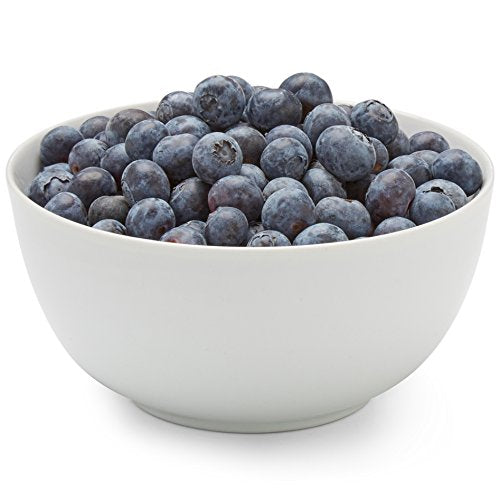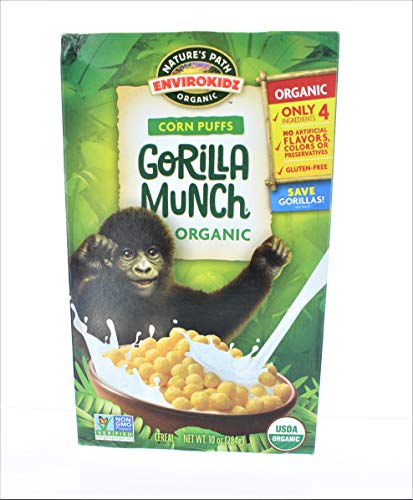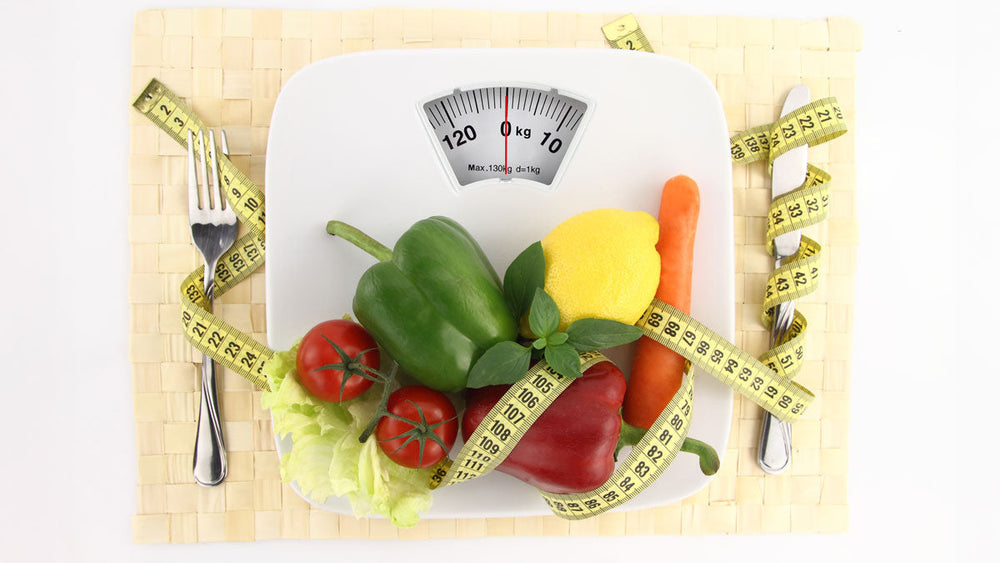Low FODMAP Diet Made Easy: Navigating Food Labels Like a Pro
Have you just started a Low FODMAP diet for IBS? Reading food labels can be confusing, but don't worry! This guide will help you navigate the labels and understand what to look for to make informed choices for your gut health.
Understanding the Nutrition Facts Label:
Serving Size: Understanding serving sizes is crucial, as the entire nutrition label is based on one serving. Serving size is a reference point, and more importantly, it is based on self-reported consumption data, not on what is considered healthy or /and healthful.
Calories: While calorie content is important for energy intake, it's essential to focus on the composition of foods rather than fixating solely on calorie counts.
Total Fat: Pay attention to saturated and trans fats to limit saturated fats to promote cardiovascular health.
Cholesterol: Found predominantly in animal products, monitoring saturated fat intake is key for cardiovascular health.
*Low FODMAP examples for fat and sodium foods: 2 Tablespoons of no added salt peanut butter, 1 Tablespoon butter, 1 Tablespoon cooking oil of any kind
Sodium: Limiting sodium intake to 2300 mg/day or less is crucial for maintaining optimal GI health.
Total Carbohydrates: This section encompasses natural sugars, added sugars, and dietary fiber. Prioritizing fiber intake is essential for regulating blood glucose levels, promoting regular bowel movements, and supporting overall gut health.
*Examples of Low FODMAP carbohydrates: ½ cup cooked amaranth, ½ cup cooked oatmeal, ½ medium (7-8 in) banana, ½ cup strawberries, ½ cup cooked corn, one slice of gluten-free bread
Protein: Protein is vital for muscle building and tissue repair. Ensuring each meal includes a good source of protein is essential for maintaining overall health.
*Examples of Low FODMAP proteins: 1 large egg, 1 cup lactose-free yogurt, 3 oz tofu, 8 fl. oz lactose-free milk, 3 oz serving of beef or chicken
Vitamins/Minerals: Vitamin D, Calcium, Iron, and Potassium are significant for individuals with IBS. If they experience a lot of diarrhea, people with IBS are at increased risk for developing vitamin D deficiency and zinc deficiency. Electrolyte imbalances can also occur with chronic diarrhea. Potassium is an electrolyte needed alongside sodium. Also, potassium-rich foods tend to be healthier choices, as potassium is found in many fruits and vegetables.
*Vitamin D-rich, Low FODMAP foods: 3 oz portion of fatty fish (salmon), one egg, 8 oz of lactose-free, vitamin D fortified milk or yogurt
*Calcium-rich, Low fodmap foods: 8 oz lactose-free milk or yogurt
*Iron-rich, Low FODMAP foods: 3 oz fatty fish, 3 oz lean beef
*Potassium-rich, Low FODMAP foods: ½ cup of fresh blueberries or strawberries, ½ of a medium-sized banana
% Daily Value: While the % Daily Value provides insight into nutrient consumption based on a 2000-calorie diet, it is recommended that you consult a registered dietitian for personalized nutrition advice, as individual needs vary widely.
Ingredients to Limit:
- High FODMAP fibers: Inulin and chicory root.
- Added sugars: Look out for high fructose corn syrup, agave, honey, molasses, etc.
- Sugar alcohols: These can be high FODMAP, like xylitol, mannitol, and sorbitol.
- Trans fats: Avoid hydrogenated or partially hydrogenated oils.
Tips for Reading the Ingredients List:
Ingredients are listed by quantity, with the first ingredient present in the highest amount. A few helpful apps, such as the Monash University FODMAP Diet App and the FODMAP Friendly App, can help you identify high FODMAP ingredients in foods. It's a good idea to have these apps readily available when you're beginning your Low FODMAP journey.
Nutrition Label Claims:
Label claims such as "gluten-free" and "lactose-free" serve as helpful indicators for individuals following specific dietary requirements. However, vigilance is necessary to identify hidden sources of gluten and lactose in processed foods.
- Ingredients are listed by quantity, with the first ingredient present in the highest amount.
- Look for Low FODMAP-certified logos on the packaging. Here are some additional tips for building an IBS-friendly pantry.
- Lactose and Gluten:
- Lactose-free products will clearly state it on the label.
- Be aware of lactose in milk, cheese, yogurt, and cream.
- Gluten-free products will also be labeled. Here's a list of gluten-containing ingredients to watch out for: wheat, rye, barley, triticale, malt, brewer's yeast, and wheat starch.
Consult a Registered Dietitian:
A registered dietitian can significantly help you with your Low FODMAP journey by creating a personalized plan and making grocery shopping easier. Remember, the more you practice reading labels, the easier it will become to choose healthy foods that fit your needs!
- Center for Food Safety and Applied Nutrition. (n.d.). What’s on the nutrition facts label. U.S. Food and Drug Administration.



















Comments
Join The Conversation...